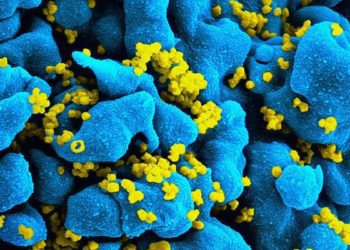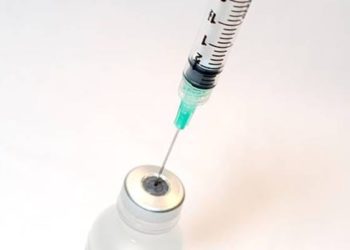Life expectancy disparities have increased between ethnic groups in certain states
1. Differences in life expectancy (LE) between states are significantly increased when accounting for ethnic subgroups.
2. In seven states for females and five states for males, disparities in LE between ethnic groups have increased from 1990 to 2019.
Evidence Rating Level: 2 (Good)
Study Rundown: LE in the United States (US) has consistently increased since 1990. Past studies have demonstrated significant disparities in LE between ethnic groups at the national level. Between and within-state differences in LE for various ethnic groups have not yet been studied. The present cross-sectional study used US death certificate and census data from 1990 to 2019 to evaluate the trends in across- and within-state disparities in LE for ethnic subgroups. Individuals self-reported as Hispanic, non-Hispanic Black, or non-Hispanic White. From 1990 to 2019, the disparity between states with the highest and lowest LE for both females and males has decreased. Accounting for ethnic subgroups, disparities between states with the highest and lowest LE were significantly increased. Though, a decline in this disparity has been observed since 1990. Of the 23 states analyzed for within-state LE values, five and seven states, for males and females respectively, demonstrated increases in ethnic disparities in LE between 1990 and 2019. The largest increase in LE disparity was seen in Missouri. As a limitation of the study, self-report of ethnicity can be unreliable due to the lack of standardized definition. The study also could not further stratify ethnicity to consider diverse backgrounds or explain the observed differences in LE.
Click to read the study in AIM
In-Depth [cross-sectional study]: The present study used US death certificate and census data from 1990 to 2019 to analyze trends in across- and within-state disparities in LE for ethnic subgroups. Ethnic groups were classified as Hispanic, non-Hispanic Black, or non-Hispanic White, as these were the largest mutually exclusive groupings available. Analysis was further stratified by male and female. Disparity was defined as the difference in LE between states or ethnic groups with the lowest and highest LE. From 1990 to 2019, the overall disparity in LE between states decreased from 8.0 to 7.9 years for females and 12.2 to 7.8 years for males. Disparities in LE between states were higher when accounting for ethnic groupings, though the disparity observed similar declines over the study period (for 1990 to 2019, 20.7 and 18.5 years respectively for females, 24.5 and 23.7 years respectively for males). Ethnicity groups with the lowest mean overall LE in 1990, non-Hispanic Black females (74.2 years; 95% Uncertainty Interval [UI], 74.0 to 74.4 years) and Hispanic males (65.7 years; 95% UI, 65.5 to 65.9 years), also demonstrated the greatest improvement in LE by 2019; (6.9%; 95% UI, 6.5% to 6.3%) for non-Hispanic Black females and 10.9% (95% UI 10.5% to 11.3%) for Hispanic males. Still, their mean overall LE remained lower than that of the other groups. Within the three ethnicity groups, there was an increase in disparity in LE across states from 1990 to 2019 for both males and females, with the most increase in the non-Hispanic White group (6.6 and 8.0 years increase for females and males, respectively). Finally, an analysis of within-state LE disparities between ethnic groups from 1990 to 2019 showed an increase in LE disparity in seven and five states for females and males, respectively. Findings from this study suggest the presence of geographical and ethnic differences in LE, and that further studies are necessary to elucidate and address potential health inequities.
Image: PD
©2022 2 Minute Medicine, Inc. All rights reserved. No works may be reproduced without expressed written consent from 2 Minute Medicine, Inc. Inquire about licensing here. No article should be construed as medical advice and is not intended as such by the authors or by 2 Minute Medicine, Inc.







